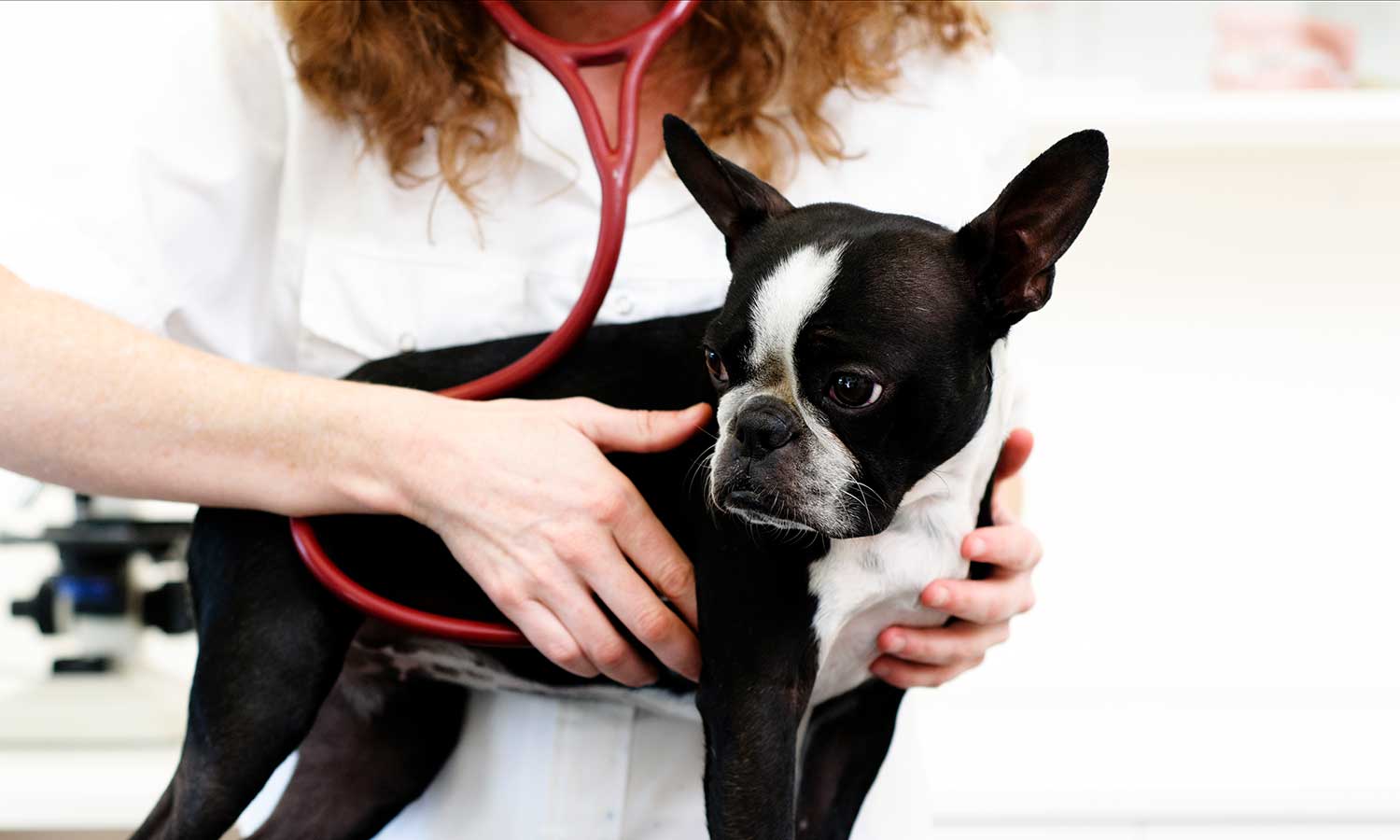Advanced Pet Diagnostics& Imaging Services
At Orchard Park Veterinary Medical Center, we understand that accurately and efficiently diagnosing an animal's health condition is critical. Our diagnostics and imaging services allow us to identify health issues and develop effective treatment plans. We have state-of-the-art technology and a team of skilled veterinary professionals to provide your pet with the highest level of care.

Laboratory Testing
Our laboratory can perform more than 200 specific tests.
Common laboratory tests we perform include:
- Complete blood cell count
- Platelet count and reticulocyte count
- Blood chemistry profiles
- Urinalysis
- Fecal analysis
- Bacterial cultures and sensitivities
- Virology
- Infectious Disease Panels
- Cytology
Because diagnostic testing is so important, our laboratory provides doctors with prompt results seven days a week and on holidays.
Radiology
Radiology is an essential diagnostic tool in veterinary medicine, and our veterinary hospital has the latest digital X-ray technology. We can perform full body and dental X-rays, which provide detailed images of your pet's internal organs, bones, and teeth. Our team also consults with a board-certified radiologist to ensure accurate diagnosis and effective treatment.
Endoscopy
Endoscopy is a minimally-invasive diagnostic tool that allows our veterinary team to examine your pet's internal organs without surgery. It involves inserting a small camera on a flexible tube into your pet's body to view specific areas. Endoscopy is often used in respiratory, gastrointestinal, and urinary procedures.

Ultrasound
Ultrasound is a painless, non-invasive diagnostic tool that uses high-frequency sound waves to create images of your pet's internal organs. This technology is regularly used to diagnose a range of conditions, including pregnancy, heart disease, liver disease, and bladder stones. Ultrasound lets us obtain a more detailed view of your pet's organs, which helps us develop an effective treatment plan.
Computed Tomography (CT)
OPVMC is proud to have a 64-slice Toshiba Aquilion CT scanner. Computed Tomography (CT) scans provide detailed, 3D images of your pet's internal organs, bones, and soft tissue. Computed Tomography (CT) scans are often used to diagnose conditions, including cancer, bone fractures, and neurological disorders. We send all Computed Tomography (CT) scans to a certified veterinary radiologist for interpretation to ensure accurate diagnosis and effective treatment.
MRI (Magnetic Resonance Imaging)
OPVMC is currently the only veterinary facility with an MRI in western NY.
MRI is a powerful diagnostic tool that uses a magnetic field and radio waves to create detailed images of your pet's internal organs. It is a non-invasive procedure that does not use ionizing radiation, which makes it safe for your pet. MRI can diagnose conditions, including neurological disorders, soft tissue injuries, and cancer. Our veterinary team works closely with a board-certified radiologist to ensure accurate diagnosis and effective treatment.
Echocardiography
An echocardiogram allows us to see inside your pet's heart, assessing chamber size, wall motion, valve movements, and structural changes. Doppler echocardiography further enables us to understand blood flow within the cardiovascular system. These powerful tools help diagnose conditions like heart murmurs or congestive heart failure.
Holter Monitoring
Through the non-invasive method of Holter monitoring, we can analyze your pet's heart rhythm and rate for 24 hours in the comfort of your home. This in-depth examination, accessible through a small, wireless device, provides insight into potential arrhythmias, fainting episodes, or medication effects. Trust us to guide you through the easy application and analysis process.


